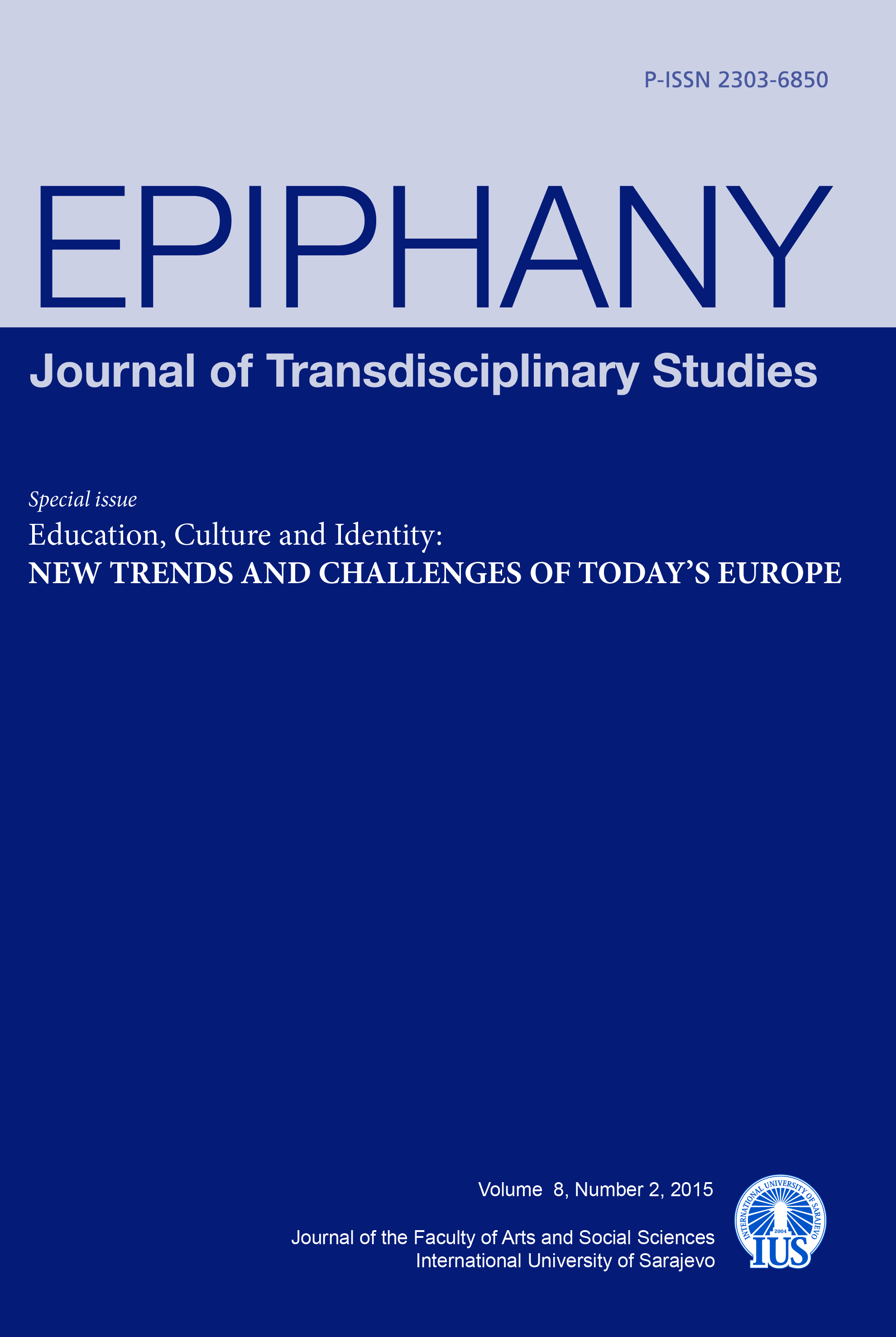Using Corpus in Enhancing Reporting Verb Patterns in Teaching/Learning Process
Using Corpus in Enhancing Reporting Verb Patterns in Teaching/Learning Process
Author(s): Samina Dizdarevic, Fahreta Fijuljanin, Aldin RasticSubject(s): Theoretical Linguistics, School education
Published by: International University of Sarajevo
Keywords: reporting verb patterns; teaching/learning; corpus; COCA;
Summary/Abstract: Knowing which patterns are associated with different reporting verbs is one of the biggest single grammar challenges facing learners. Using electronic language corpus is a good way of teaching all those other reporting verbs apart from ‘say’ and ‘tell’which have a variety of structures (verb + obj + that, verb + ing, etc) e.g. promise, advise,deny, etc. Giving the students a long list of verbs with structures is only confusing and also very boring. With the help of a corpus, students acquire knowledge and skills in the language they are studying. Corpus linguistics can thus be seen as a learning model where students take responsibility for their own learning. The Corpus of Contemporary American English (COCA) currently comprises more than 450 million words of text and is equally divided among spoken, fiction, popular magazines,newspapers, and academic texts. COCA offers a setting of problem-based learning where the students’ discoveries and interaction with a corpus give them a learning curve very much triggered by their own activity and motivation. Further, by being exposed to authentic data, students are given a more nuanced encounter with language than traditional grammars are able and are given the opportunity to evaluate data and draw their own conclusions. From a pedagogical point of view it is quite evident that the integration of corpora in language teaching/learning is beneficial to students.
Journal: Epiphany. Journal of Transdisciplinary Studies
- Issue Year: 8/2015
- Issue No: 2
- Page Range: 131-142
- Page Count: 12
- Language: English

